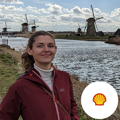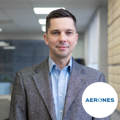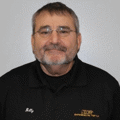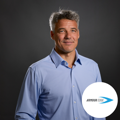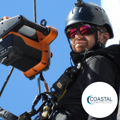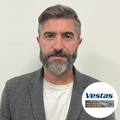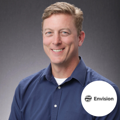Networking and content in one package! Take this opportunity to delve into the topics that most impact your day-to-day work and really get to grips with solutions to your challenges. Small group discussions with an expert facilitator; choose your topic and get talking!
Blade maintenance standards
Alli Gallagher, Principal Structural Engineer, Wind Fleet Blades & Structures, NextEra Energy
What is the optimal approach to increasing blade OP-excellence and minimizing blade OP-expenditure?
Ken Lee, Fleet Engineering Manager, EDF Renewables
Blade recycling - environmental imperative but does it make financial sense?Pasquale Braione
Pasquale Braione, Lead Director, Head Of Global Repair Operations, Vestass
Increasing OPex Risks:
Manufacturing process/quality issues common to field experiences.
Experience/shortages in blade O&M workforce & skills development.
New technologies – jointed blades, LEP coatings/molded shells, complex LPS.
Minimizing OPex:
Increased technical due diligence on new blades/technology.
Tailoring blade strategy with risk of damages & handling of serial issues – Inspection (drones, LPS, internal rover) & repair (Erosion/LEP, Temporary repairs, UV cure repairs).
Blade monitoring with latest innovations in sensors.


